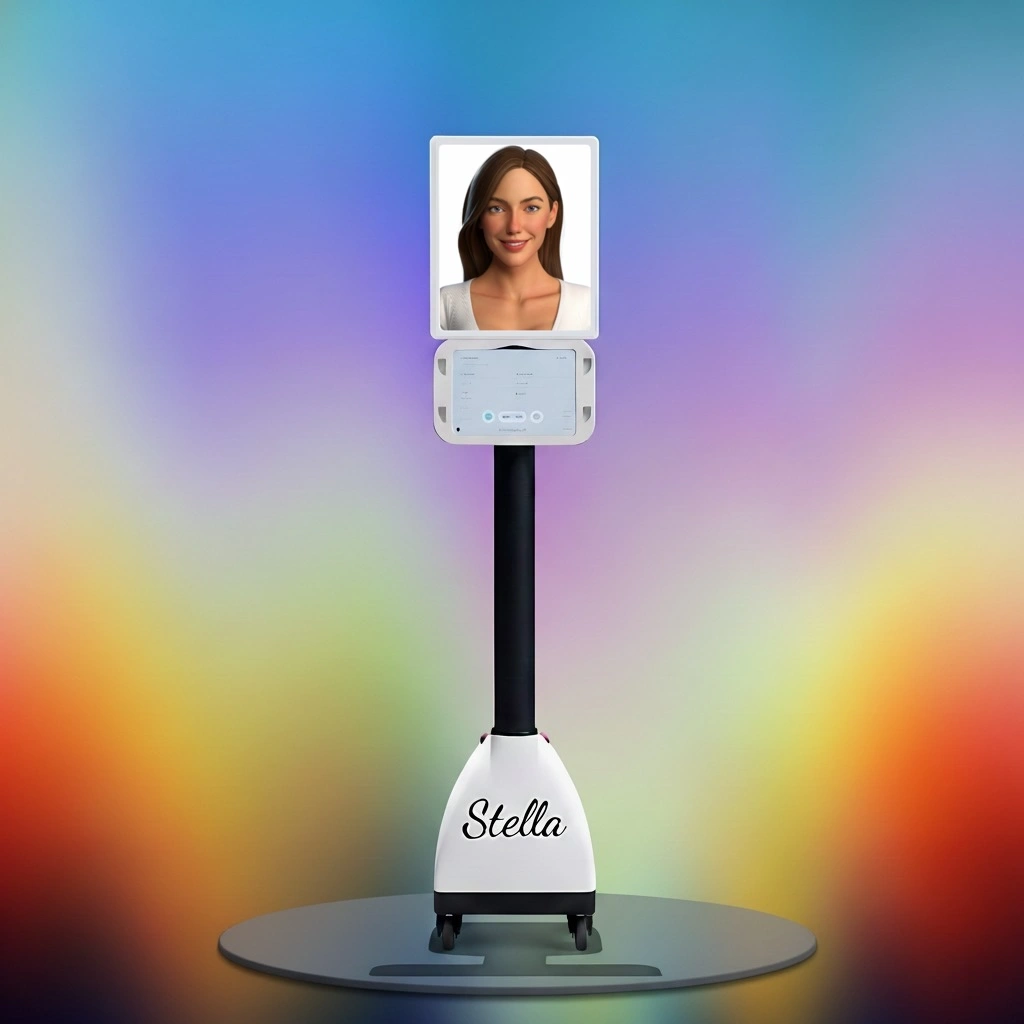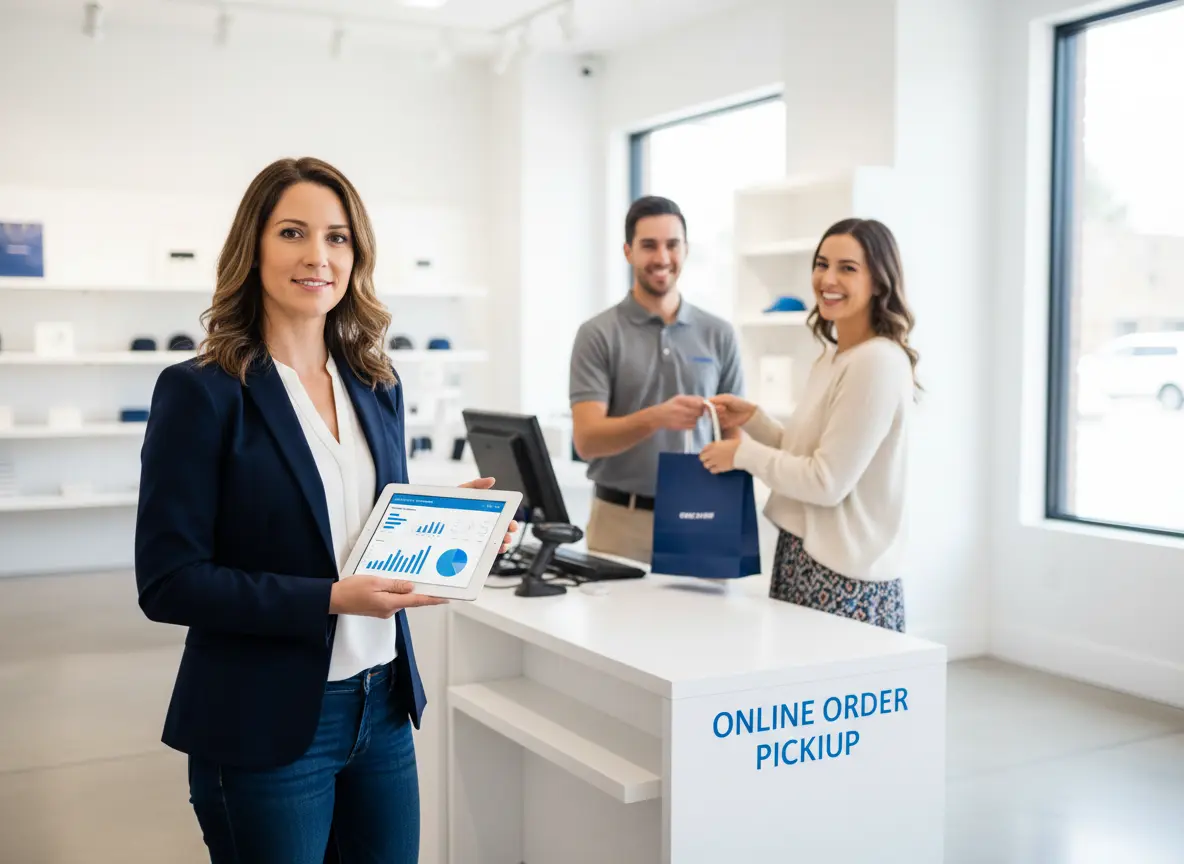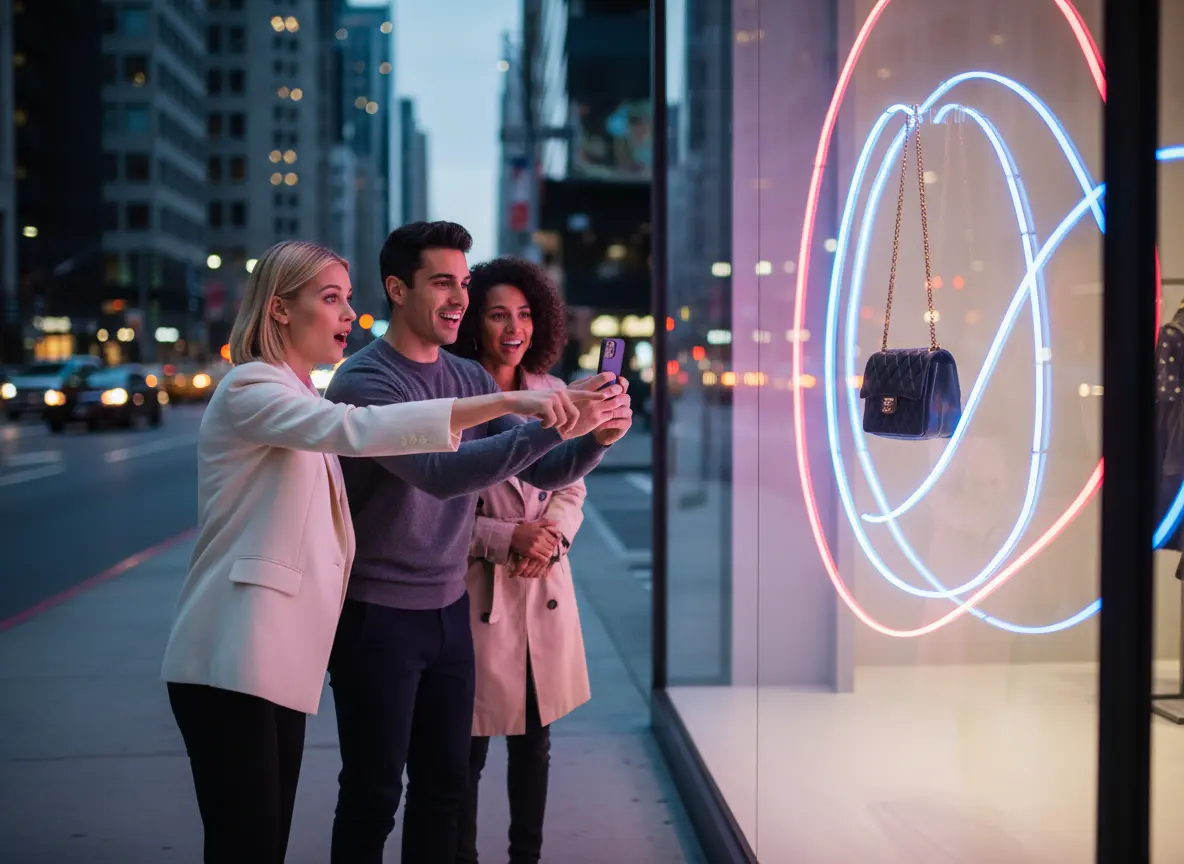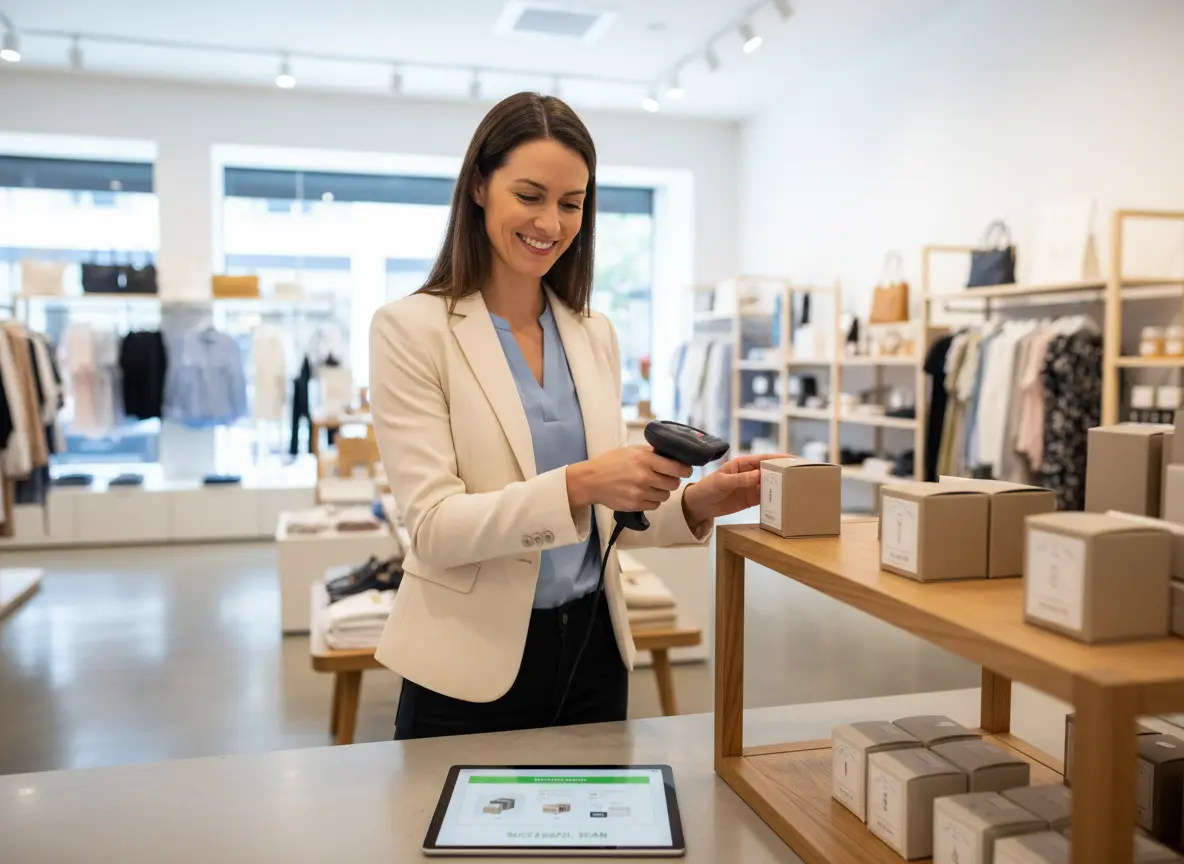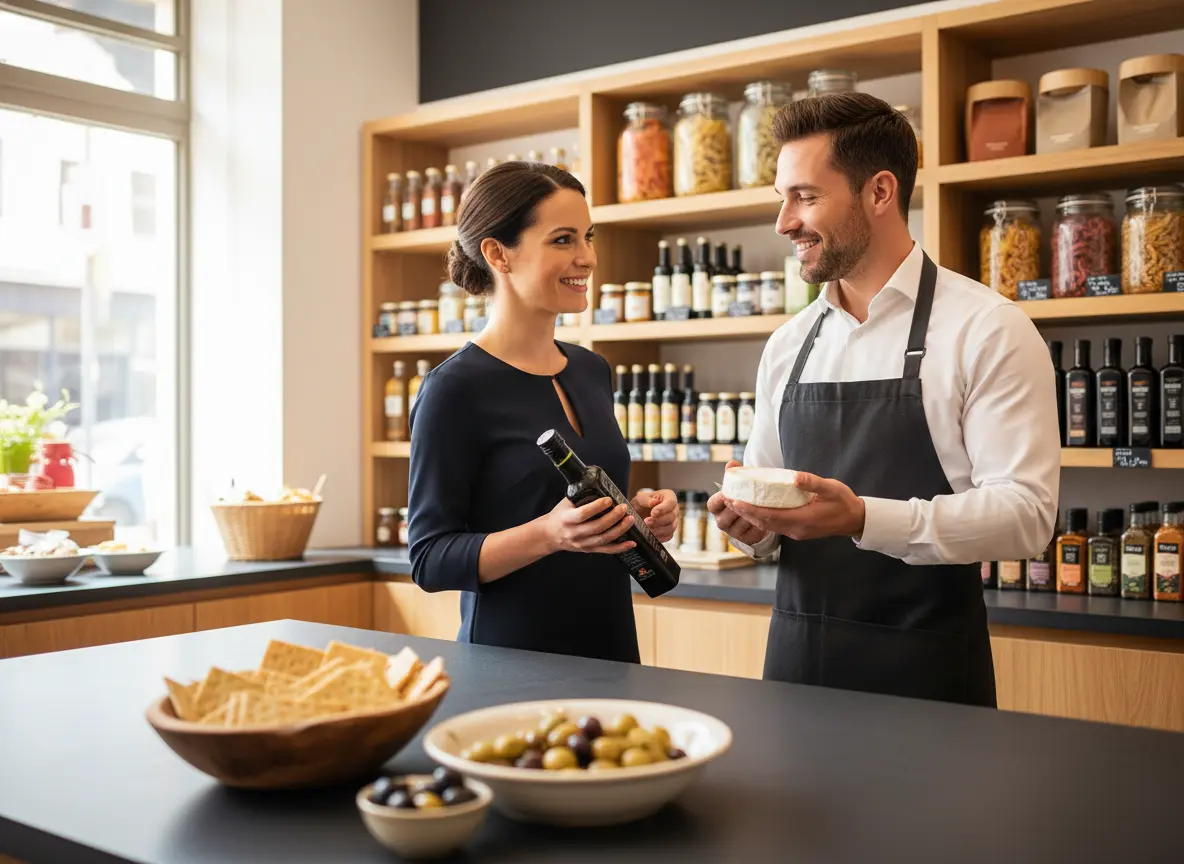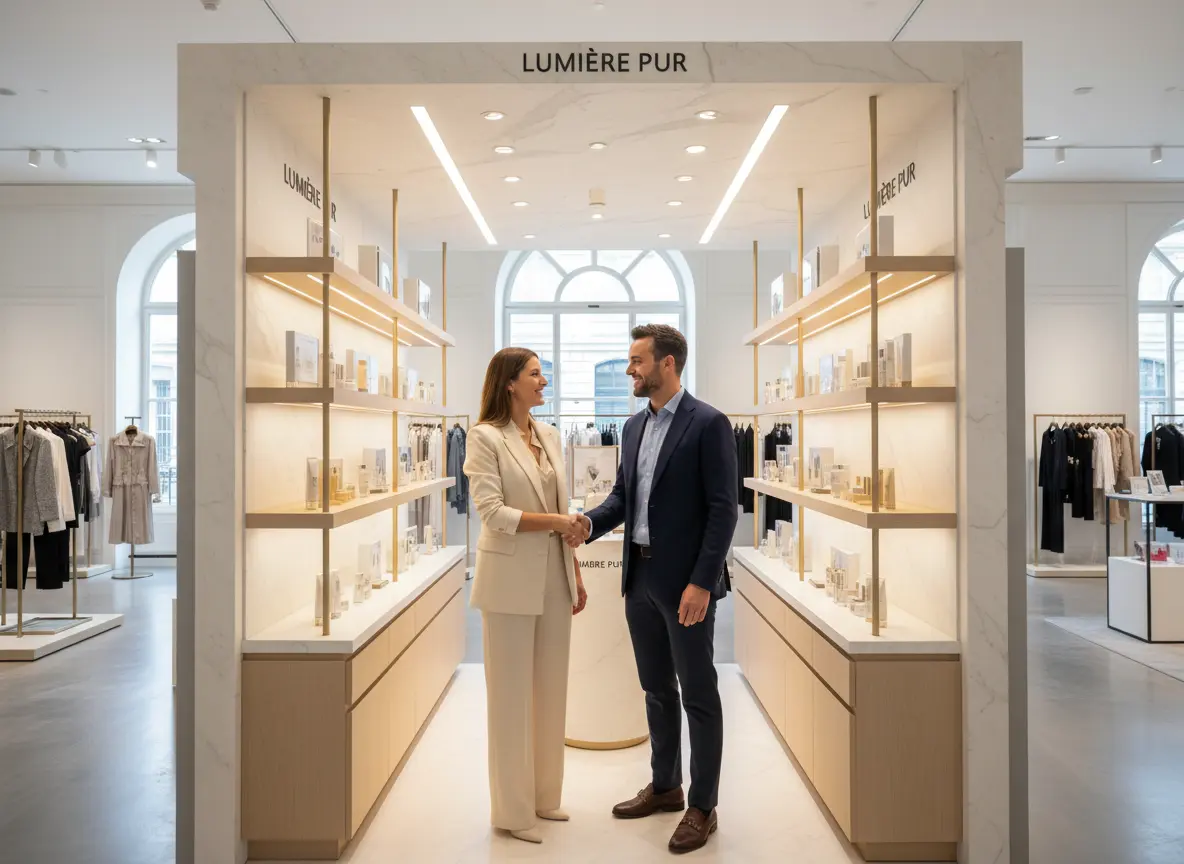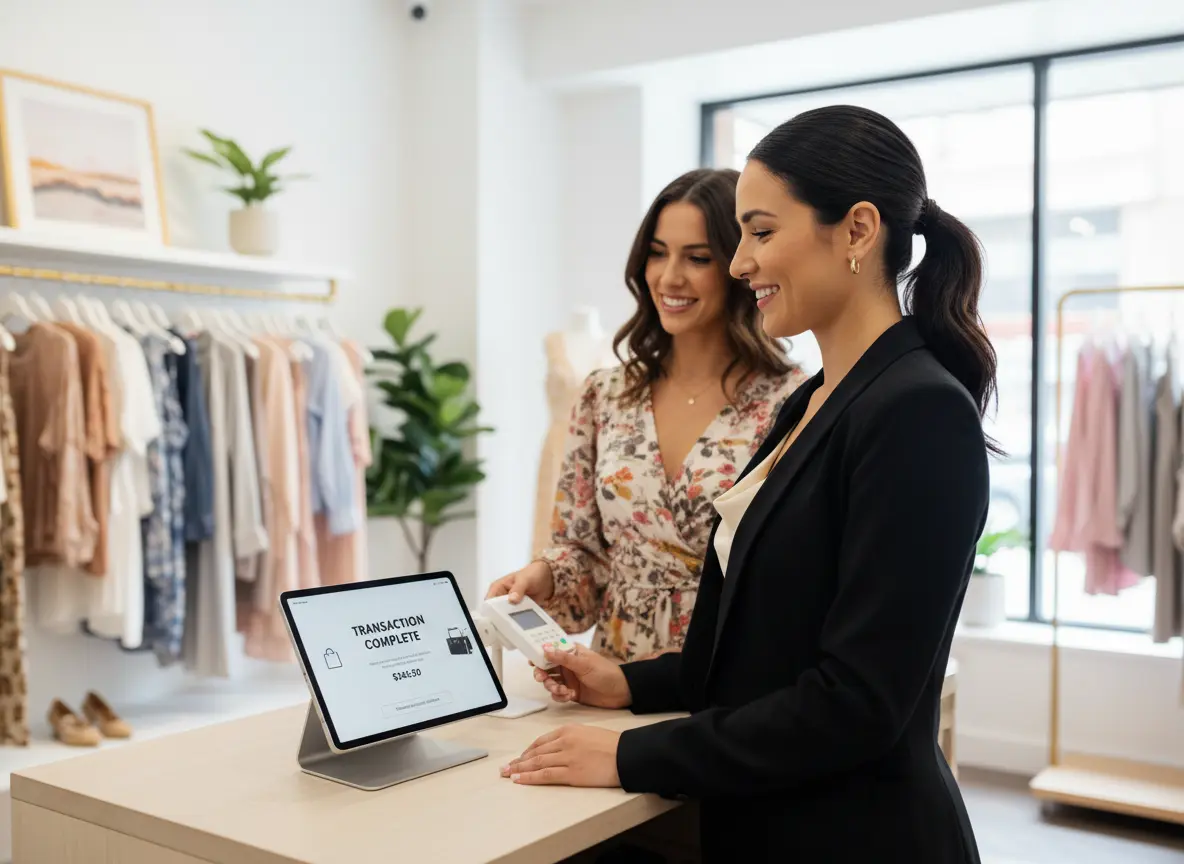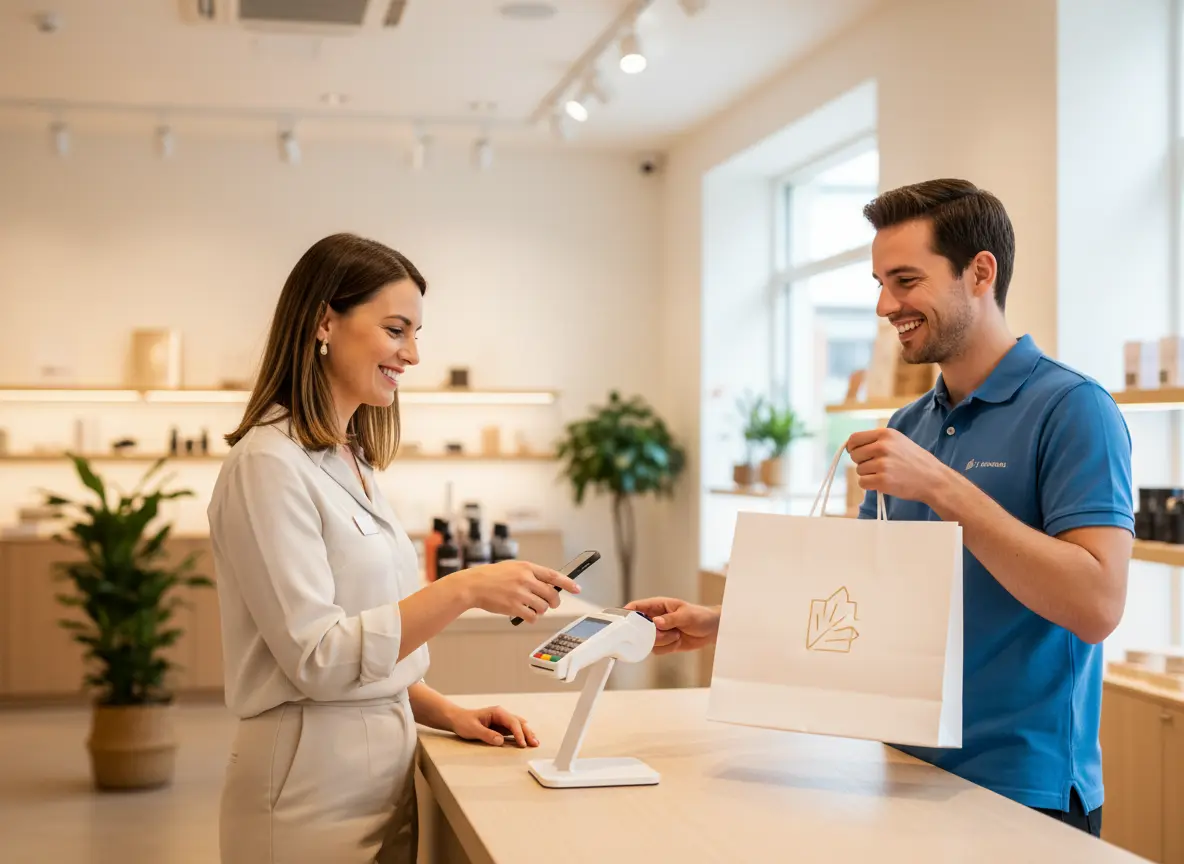Let's Talk About a Four-Letter Word: Price
You’ve done it. You’ve curated the perfect collection of products. Your store looks immaculate. Your staff is (mostly) smiling. And now you’re sitting in your back office, staring at a spreadsheet, consumed by the most agonizing part of retail: pricing. Set it too high, and you’ll hear crickets. Set it too low, and you’re basically running a very expensive hobby. It feels like a guessing game where the only prize for losing is a pile of unsold inventory and a bottle of cheap whiskey.
But what if I told you that pricing isn’t a dark art? What if it’s less about complex economic models and more about understanding the wonderfully weird, predictably irrational human brain? Pricing is psychology. It’s about shaping perception, creating value, and gently guiding your customers to the checkout counter feeling like they just won the lottery. So, put down the dartboard and let's dive into the psychological tricks that turn browsers into buyers and boost your bottom line.
The "Weird Brain" Tricks That Actually Work
Your customers aren't logical, calculating machines. They are driven by emotion, cognitive biases, and a deep-seated desire to feel like they’re getting a good deal. Your job is to leverage these quirks ethically and effectively. Here are a few classics that work time and time again.
The Enduring Magic of the Number 9 (Charm Pricing)
You’ve seen it everywhere: $9.99, $49.95, $199. Why does that one-cent difference feel so significant? Welcome to Charm Pricing, the oldest trick in the book for a reason. It all comes down to the "left-digit effect." Our brains read from left to right, and the first digit we see disproportionately influences our perception of the price. So, a product priced at $29.99 is mentally categorized as a "$20-something" item, while a $30.00 product is firmly in the "$30-something" camp. That one penny creates a psychological wall.
In a famous study by MIT and the University of Chicago, a standard women's clothing item was tested at three price points: $34, $39, and $44. Which one sold the best? The $39 item, hands down—it even outsold the cheaper $34 option. The perception of a "deal" created by the number 9 was more powerful than a genuinely lower price.
Actionable Tip: Walk your floor today. Find every product that ends in ".00" and knock a penny or a nickel off. Change that $50 candle to $49.99 and watch what happens. It’s one of the easiest, most effective changes you can make.
Setting the Stage with Price Anchoring
Imagine a customer walks in and sees a beautiful leather jacket priced at $800. They might scoff and think, "Who would pay that?" But right next to it is another gorgeous jacket for $350. Suddenly, that $350 jacket doesn't seem expensive; it seems reasonable, almost a bargain. That, my friend, is price anchoring.
The first price a customer sees becomes the "anchor" against which all other prices are judged. You can use this to your advantage in several ways:
- Place your most expensive, "aspirational" items in a prominent location. They make everything else look more affordable.
- When running a sale, always show the original price. "Was $120, Now $89.99" is infinitely more powerful than just "$89.99." The $120 anchor provides the context and highlights the savings.
- On your website, list products from high-to-low by default. The higher initial prices will make the subsequent, lower prices feel more palatable.
It’s not manipulation; let’s call it strategic contextualization. You’re helping your customers understand the value landscape you’ve created.
The Decoy Effect: The "Ugly Friend" Strategy
This one is brilliant. The Decoy Effect involves introducing a third option that is strategically designed to make one of your other options look much more attractive. It works by making the comparison incredibly simple for the customer.
The classic example comes from a subscription model:
Which do you choose? The "Print-Only" option is the decoy. No rational person would choose it when they can get both web and print for the same price. Its sole purpose is to make the "Web + Print" option look like an unbelievably good deal compared to the print-only option. Without the decoy, customers would be comparing the $59 web version to the $125 combo—a much harder decision.
In your store: Look at your "good-better-best" tiers. Let’s say you sell coffee beans. You could price them as: 8oz bag for $10, and a 16oz bag for $18. To drive sales of the larger bag, introduce a decoy: a 15oz bag for $17.50. Suddenly, getting an extra ounce for just 50 cents more makes the 16oz bag a complete no-brainer.
Announcing Your Brilliant Prices (Without Annoying Everyone)
Okay, so you've masterfully engineered your prices to appeal to the human psyche. The problem? None of it matters if your customers don't notice. A tiny sign can get lost, and your staff might be too busy with other tasks to enthusiastically announce every single promotion to every single person who walks through the door.
The Power of Consistent Communication
This is where automation and a perfect first impression come into play. You need a messenger who never forgets, never gets tired, and delivers the perfect pitch every time. Imagine a friendly, professional assistant at your entrance whose only job is to ensure your pricing strategy hits home. That's where a tool like Stella becomes your secret weapon. She's not just a greeter; she's your lead strategist on the floor. Stella can be programmed to highlight your anchor products ("Welcome in! Be sure to check out our new luxury handbag collection right up front...") or call out a charm-priced special ("Hi there! Just so you know, all our graphic tees are on sale for just $19.99 this week!"). She executes your strategy flawlessly with every single shopper.
Testing and Gathering Feedback in Real-Time
The best pricing strategies are dynamic. What works one month might need tweaking the next. But how do you A/B test promotions in a physical store? It's notoriously difficult. But with an interactive assistant, you get a direct line to customer interest. Because Stella logs her interactions, you can gain powerful insights. Are more customers asking her about the "Buy One, Get One" deal or the "30% Off" promotion? Her engagement data acts as a live poll of your customer base, giving you the feedback you need to double down on what’s working and ditch what’s not.
Advanced Tactics for the Pricing Connoisseur
Ready to move beyond the basics? Once you've mastered the fundamentals, you can start playing with more complex psychological concepts that can dramatically increase your average transaction value and customer loyalty.
Bundle and Save (Or, The Art of Perceived Value)
Bundling is the simple act of packaging multiple products together for a single price. It’s incredibly effective for two reasons: it increases the perceived value for the customer and it helps you move slow-moving inventory. A customer might not be willing to buy a phone case, a screen protector, and a car charger separately. But a "New Phone Starter Kit" with all three for one attractive price? That feels like a smart, convenient purchase.
The key is to create bundles that make sense. Pair a best-seller with a less popular but complementary item. The popularity of the main item will lift the sales of the other. The discount doesn’t even have to be massive; the perceived value and the simplification of the choice are often enough to seal the deal.
The Irresistible Pull of "Free"
The word "free" is like a siren song to consumers. It’s so powerful that it can make us do things that are objectively irrational. In his book Predictably Irrational, Dan Ariely demonstrated that people would rather get a low-value item for free than a high-value item for a tiny price. We overvalue "free" because it feels like there's no downside.
How can you use this?
- Buy One, Get One Free (BOGO): This is often perceived as more valuable than "50% Off Two Items," even when the final cost is identical.
- Free Gift with Purchase: Offering a small, free item with a purchase over a certain threshold (e.g., "Free tote bag with any purchase over $75") can significantly increase the average order value.
- Free Shipping: For e-commerce, "Free Shipping Over $50" is one of the most powerful motivators to get customers to add one more item to their cart.
A word of caution: use "free" strategically. Offering your core products for free can devalue them. It’s best used for bonuses, add-ons, and incentives.
Tiered Pricing and the Paradox of Choice
Have you ever been paralyzed by too many options? That’s the paradox of choice. When faced with dozens of similar products, customers often just give up and buy nothing. Tiered pricing is the antidote. By offering three distinct options—often labeled as "Good," "Better," and "Best"—you simplify the decision.
This strategy also plays on another psychological quirk: most people are averse to extremes. They don't want the cheapest, most basic option, but they don't want the most expensive, over-the-top one either. They gravitate toward the middle. This means you can strategically price your middle "Better" option as the one with the best margin—the one you actually want most people to buy. You’re not just selling products; you’re architecting a choice.
A Quick Reminder About Stella
Mastering pricing psychology is a game-changer, but executing that strategy consistently for every single customer is the final, crucial step. An AI retail assistant like Stella acts as your tireless on-floor marketer, ensuring every shopper hears about your perfectly priced offers, promotions, and bundles, all while gathering data to help you refine your approach.
Conclusion: Stop Guessing, Start Guiding
Pricing doesn't have to be a source of anxiety. By understanding the psychological principles that drive purchasing decisions, you can transform it from a guessing game into a powerful strategic tool. From the simple-yet-mighty ".99" to the clever construction of a decoy offer, these tactics are all about shaping perception and delivering value in a way that resonates with your customers.
Your homework? Don't try to implement all of this at once. Pick one strategy this week and try it. Just one. Change your prices to end in 9. Create a single product bundle. Add a high-priced anchor item to your main display. Take that first step, measure the results, and build from there. Stop leaving money on the table. Your bottom line—and your sanity—will thank you for it.

